I wrote this blog for Night Owl TV and it first appeared on their site on January 18, 2018. A link to that post and other Night Owl TV material can be found here.
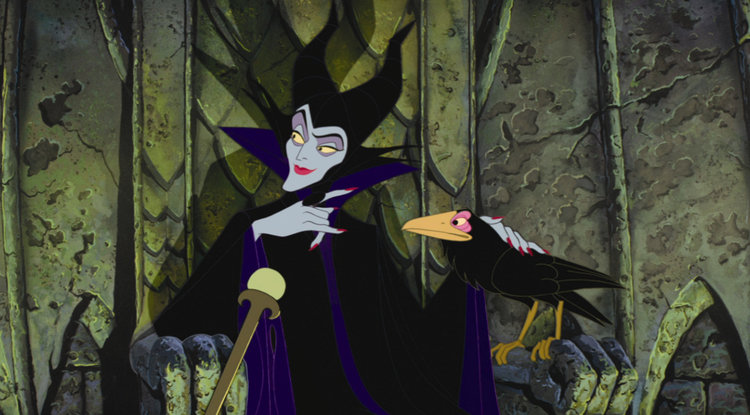
Maleficent and Diablo in Sleeping Beauty (1959)
Walt Disney Animation has been synonymous with family entertainment for close to 90 years. Ever since Mickey Mouse blew audiences away in Steamboat Willie, the first cartoon with synchronized sound, Walt Disney and the movie studio he left behind have consistently been a step ahead of everyone else when it came to creating family entertainment. This has been true, not only from a content point of view, but also in technology and the film making process as well. Disney was the first film maker to use synchronized sound in his cartoons. Decades later when other movie studios were shunning television fearing the competition that it posed to cinema, Disney embraced the new technology as another way to deliver content to his audience.
When Disney released Snow White and the Seven Dwarfs in 1937, a watershed moment in film making had occurred. Animation had been around since the dawn of film making itself, but no one had considered the idea of a feature length animated film. It seemed too labor-intensive and too expensive to be economically feasible. Making a movie one frame at a time? Requiring literally hundreds of artists and millions of drawings? In our CG (computer generated) world of today where we get saturated with several animated films per year, it might not seem like such a big deal to put out an animated feature. But no one had ever seen one in 1937. Walt Disney staked everything he had on it, and had it failed, we would be living in a vastly different world right now. Without a successful Snow White and the Seven Dwarfs, The Walt Disney Company would not be the single most dominant movie studio today. There likely would have been no Disneyland or Walt Disney World. There likely would have been no Don Bluth Studios (An American Tail, The Secret of Nimh) or DreamWorks Animation, as those studios spun off from people who made their mark originally with Disney.
However, Snow White wasn’t the most impressive thing that Disney did. Anyone can get lucky once. Between 1937 and 1970, the Disney Studio released 21 animated features. The Aristocats, released in 1970, was the last animated feature personally approved by Disney before his death. Many of these films are considered to be classics, and many of them have gone beyond that to become iconic. Which ones are the best? Here are our Top-10 Pre-1970 Disney Animated Features.
10. Dumbo (1941)
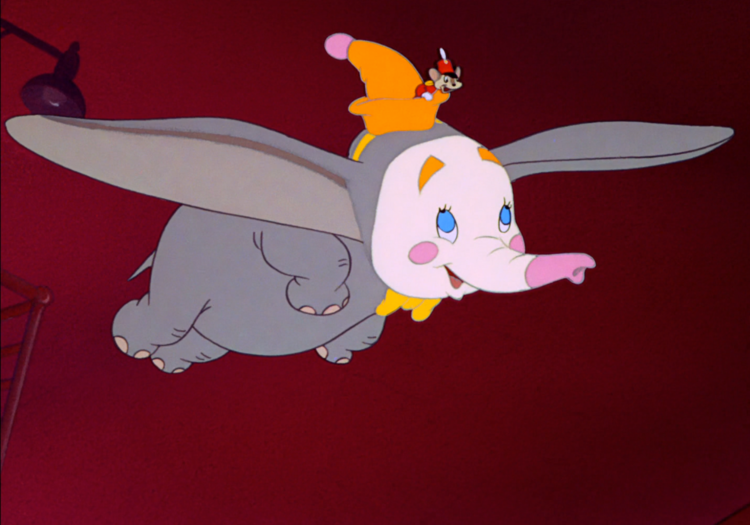
One of the reasons Disney’s early films resonated so much was because they were more than pretty pictures. These films had points of view and they had things to say. Yes, Dumbo is a film about a flying elephant, but it’s about much more than that. It’s an underdog story about taking supposed shortcomings and turning them into strengths. The Baby Mine scene in Dumbo when he goes to see his chained mother is simply one of the most famous, iconic, and tear-jerking scenes in the history of cinema.
9. The Jungle Book (1967)
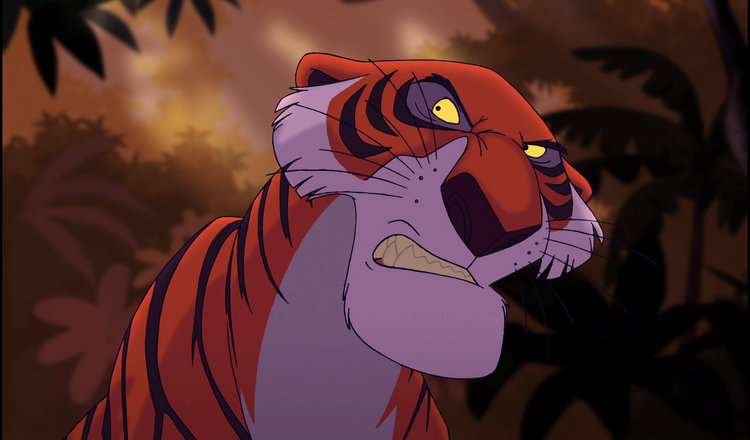
The Bare Necessities and I Wanna Be Like You are two of the most iconic and recognizable songs in the Disney canon. Along with great songs, this film has one of the best characters (Baloo) and one of the fantastic villains (Shere Kahn, voiced by George Sanders) of all the Disney films. The Jungle Book is also strong thematically with Mowgli the man cub wanting to stay in the jungle, but Bagheera the Panther knows he belongs in the man village. This story is about finding your own place in the world, and leaving behind what is comfortable in order to find where you really belong. With another iconic tear-jerking moment, this film tugs at the heart strings and tickles the funny bone with equal aplomb.
8. Bambi (1942)
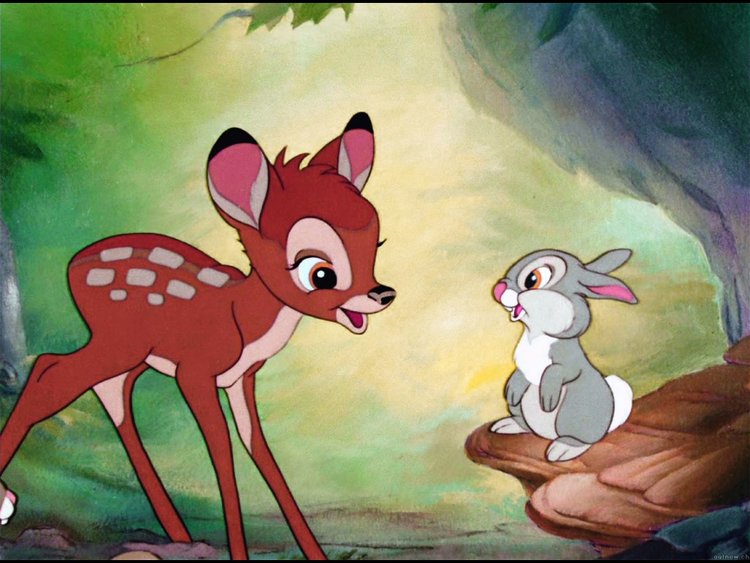
Bambi was regarded to be Walt Disney’s favorite film. Disney was a lifelong environmentalist, and Bambi is an unapologetic pro-environmental film making it way ahead of its time in that regard. With what might be the single saddest moment in Disney’s long and storied history, this is a much more serious film than any of the others on the list. Yes, there are some light and humorous moments scattered throughout the story, but they’re not what make this film memorable. This film is remembered for the scenes where Bambi’s mother is shot by a hunter; where Bambi vainly looks for her in the forest; and the forest fire at the end preceded by terrified animals hiding from hunters. If you haven’t watched Bambi recently, give it another look. You’ll be surprised at how intense it gets in the second half.
7. Lady and the Tramp (1955)

Another movie, another iconic moment… the Bella Notte scene where Lady and the Tramp savor a plate of spaghetti, and while sharing a single strand they end in an accidental kiss before Tramp offers her the last meatball? However, this film is so much more than that. The conflict in this film arises from Lady longing for the stability and comfort of a nice home and family while the Tramp longs for a carefree life free to do whatever he wants whenever he wants and not being tied down by a leash.
6. Snow White and the Seven Dwarfs (1937)

The film that started it all, and one of the most important films in the history of cinema, Snow White and the Seven Dwarfs is more than just an important film. It became an important film because it’s a great film. It has a great balance of heart and humor, and the witch is one of the great villains in the history of cinema. This film also has its own iconic moments and characters that have become a part of our cultural vernacular. It’s also worth mentioning that it’s the 10th highest grossing film in history when adjusted for inflation. When released in 1937, it made $8 million dollars when the average price of a movie ticket was 25 cents for an adult and 10 cents for children.
5. Cinderella (1950)

If Snow White created the Disney dynasty, then Cinderella rescued it. Coming out of World War II, with the international box office having been nonexistent for years, Disney was in desperate need of a hit. Going back to basics, and presenting audiences with a princess movie provided just that elixir. Some people (reasonably) criticize this film because the character of Cinderella is passive, and needs to constantly be rescued. However, it is her own wit and quick thinking that allow her to save herself at the end.
4. Peter Pan (1953)

Peter Pan might be the most entertaining film on this list. It’s much more “cartoony” than most of the other films as it has more slapstick and cartoon humor. However, it also has great messages of understanding when it’s important to have fun and be imaginative, and when it’s important to calm down and be practical. It also has wonderful messages about what makes a real family. It may not have the deep down emotional moments that many other films on this list do, but it has a touching ending and is a fun watch.
3. One Hundred and One Dalmatians (1961)
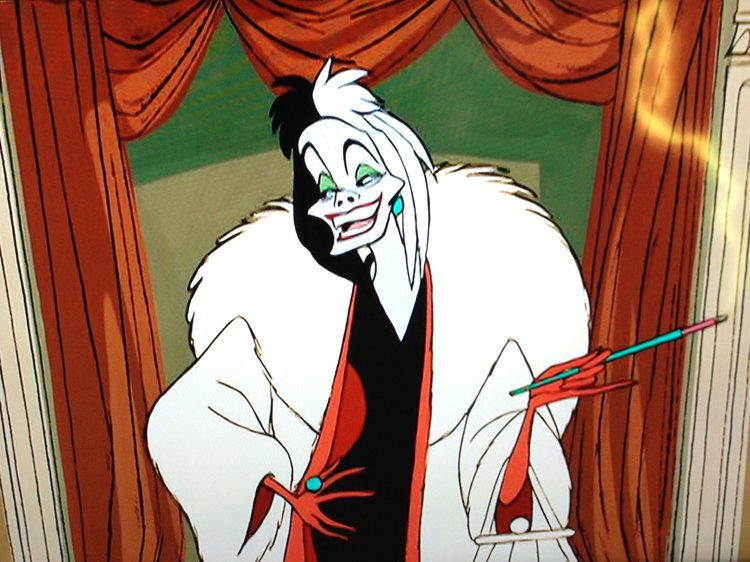
This film sneaks up on you with emotion while being one of the more entertaining films on the list. One Hundred and One Dalmatians hits a home run with its story and characters and may be known best for its iconic song (and villain) Cruella DeVille. It has one of the most exciting climaxes of any Disney film of its time as a direct result of the tension that the movie creates through its plot. It has one of the most intricately woven stories of any Disney movie ever and strikes the perfect balance between emotion and humor.
2. Pinocchio (1940)
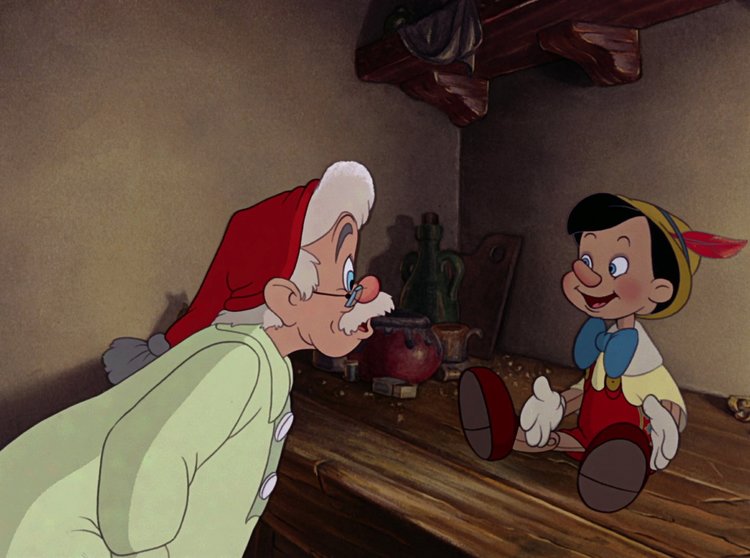
Pinocchio is just a brilliant film. While it has plenty of charm and humor, Pinocchio is largely known for the intense and dramatic moments that set it apart from other films. The dealings of Honest John and the Coachman are creepy and sinister. Stromboli is an over-the-top wicked character that locks Pinocchio in a bird cage and threatens to turn him into firewood. The scene where Lampwick turns into a donkey has given millions of kids nightmares over the past 75-plus years. And the scene where we think Pinocchio is killed by Monstro the Whale is tense, dramatic and yet another tear-jerker.
1. Fantasia (1940)
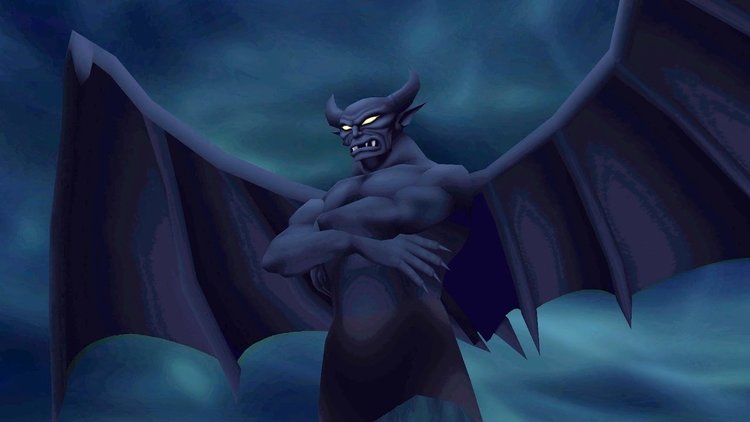
The ultimate experimental film, Fantasia is nothing short of a masterpiece. This is an anthology film, made up of individual shorts in order to create a feature. It doesn’t have one long narrative, and it uses a combination of classical music and animation to stimulate the eyes and the ears. This film is a feast for the senses. If you’re looking for a classic narrative, then this film isn’t for you. However, if you want to enjoy a piece of artistic expression that was created for its own sake, then this is a film you can appreciate. You can’t watch this film like you watch other films. This is a work of art, not a work of cinema.
You might be wondering where Sleeping Beauty is on this list. It would be on it if it were a top-11, but that just goes to show how amazing the first 21 films were. When a film like Sleeping Beauty can’t get on the list, the list must contain some impressive films, and this one does. The films on this list include some of the most important and influential films of all-time. These films helped create an art form that today is worth billions of dollars and touches almost every film in one way or another. Animation is more than just “kid stuff.” It is an art form and a style of film making that requires the most talented artists and film makers in the world. It may have started with a mouse, but it’s now the most popular form of film making in the world.